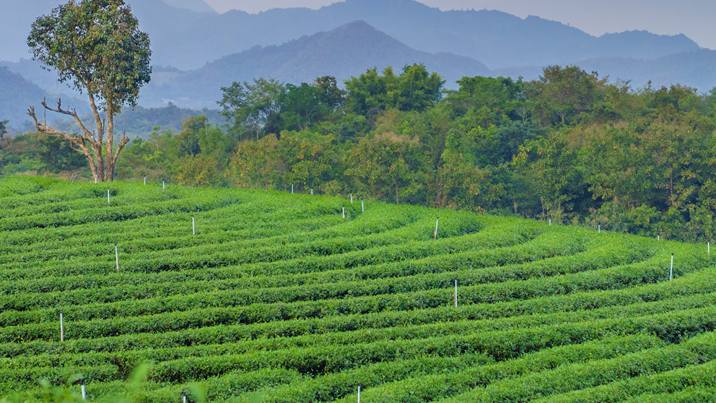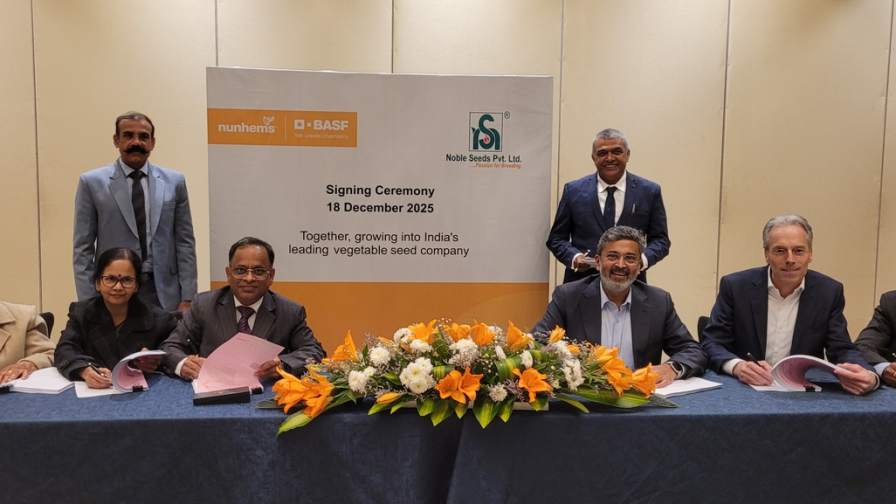How Has the U.S. Endangered Species Act Impacted the Biologicals Market?
Editor’s note: Each year, 2BMonthly’s State of the Industry feature includes a Q&A with executives from leading biocontrol and biostimulants companies worldwide. The 2024 feature touched on a wide range of prevailing topics including the investment climate for biologicals, where the industry’s biggest innovations are likely to come from, and the ongoing challenges related to the European regulatory climate. In the excerpt below, executives share insight on whether they have felt any impact from the regulatory slowdown stemming from the U.S. Endangered Species Act.
Q: Have you felt any impact from the regulatory slowdown stemming from U.S. Endangered Species Act?
Brent Smith, CEO & President, NewLeaf Symbiotics: To date we have not experienced a slowdown. However, with several new EPA biopesticide submissions for outdoor use on the horizon, we are aware that we will need to address where the biopesticide will be used, how certain species could be exposed, and how to mitigate possible exposure. If we do this voluntarily, and we believe that the review for outdoor uses can be expedited.
Pam Marrone, Co-founder & Executive Chair, Invasive Species Corporation: No, but I do know companies with AIs that were seriously impacted, as EPA Office of General Counsel (OGC) is treating biologicals the same as chemicals on the label claims, for example, inappropriately requiring large buffer zones when the biologicals are highly biodegradable and low risk. The biologicals industry needs to talk with EPA about the different lower levels of risk with a lot of biologicals.
Scott Carter, Vice President, Microbials Business, Phibro: The big picture answer is no, because we’re not heavily exposed to the specific issues caused by this regulatory change. Broadly, biologicals are generally regarded as safe. This specific action is more related to biocontrol products, such as biopesticides and biofungicides, which impact Phibro but not to a significant extent. Additionally, as an industry, we’re encountering many of these regulatory challenges for the first time. While the biologicals industry hasn’t been directly affected by this change yet, there will likely be questions and adjustments as we move forward. While we haven’t felt the impact, it’s hard to predict what it might look like in the future, and we’ll be figuring out how to address these issues as they arise.
Jim Thompson, Director of Business Development, Global Green Solutions, AMVAC: AMVAC operates in full compliance with all federal and state regulatory requirements, including those outlined in the U.S. Endangered Species Act (ESA). While the ESA’s involvement in pesticide registration has added additional layers of assessment and review, particularly for active ingredients managed under the EPA’s Biopesticides and Pollution Prevention Division (BPPD), we recognize the importance of protecting endangered species and supporting environmental sustainability.
Recently, AMVAC was encouraged by the BPPD’s efforts to streamline the registration review decisions for several biopesticide products. These biopesticides demonstrate very low toxicity, minimal exposure risks, and negligible impact on human health and the environment. Under the streamlined approach, the EPA BPPD makes determinations that these biopesticides continue to meet FIFRA standards and are either “not likely to adversely affect” or have “no effect” on listed species and their critical habitats.
At AMVAC we remain committed to navigating these regulatory processes and are actively collaborating with EPA and other stakeholders to balance environmental protection with the need for effective pest management tools. We see this as an opportunity to continue demonstrating leadership in sustainability and environmental stewardship.
View more expert insight on the state of the biologicals industry here.





